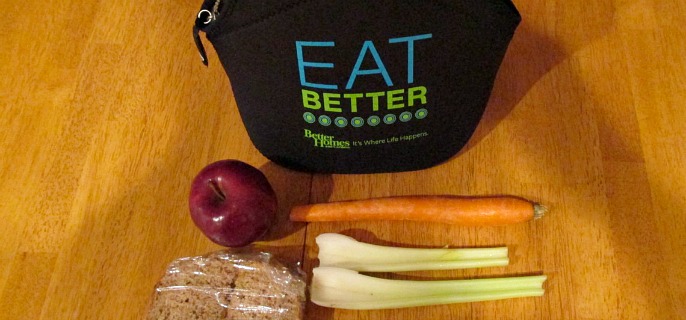
PHOTO COURTESY OF ODA
Whether it comes in a Pokemon Go lunch bag, Spiderman lunch box, or a brown paper sack, the meal you send to school with your child must be packed with care and consideration. Kids are back in school this week and next, and the Oregon Department of Agriculture has some helpful hints on how to make that home-packed lunch as safe as possible.
“Children are more susceptible to food borne illnesses than adults, so it becomes even more important that we protect the lunches they take to school,” says Susan Kendrick, education specialist with ODA’s Food Safety Program.
From the preparation of the food that goes into the lunch to the consumption of the meal at school– and all the steps in between– there are several important factors to keep in mind for the sake of your kids.
“It all starts in the kitchen with clean hands, clean surfaces, and the washing of fruits and vegetables before they are put into the school lunch,” says Kendrick. “We want to avoid cross contamination. In other words, don’t use the same surfaces for raw foods that you use for cooked foods. Don’t give those bugs a chance to hop into the lunch pail.”
Making the lunch the night before is a good idea so that the preparer isn’t rushed into doing something improper, such as using dirty surfaces.
Maintaining a proper temperature for the school lunch is very important. If the lunch is prepared the night before, putting it in the refrigerator to keep it cold overnight is essential for most foods. Given the fact that the food is not likely to stay in a refrigerator once the lunch is taken to school, it is critical that steps are taken at home to keep cold foods cold and hot foods hot.
If you are going to send a cold lunch, use a gel-pack, a frozen individual juice box, or a frozen sandwich as a source of cold temperatures so that the entire lunch can stay cold,” says Kendrick. “Depending on the type of container you have available– there are things you can do to keep food at a safe temperature. An insulated lunch bag is probably best. But even a brown paper bag will work, especially if you double bag to provide a little bit more insulation.”
If your child is going to take a hot lunch to school, chances are it will be something like soup, which would probably be inside a thermos.
“You can preheat the thermal container by putting boiling water in it first, letting it sit for a few minutes, then dump out the hot water,” says Kendrick. “That way, you have a preheated container that will keep food safely hot enough to prevent food borne illnesses all the way through the lunch hour.”
Chances are the lunch you send to school in the morning will be consumed within a few hours. Still, that’s plenty of time for bacteria to grow if the lunch is not stored properly. Once again, maintaining a proper temperature is important.
“A gel-pack in an insulated lunch bag can keep the food safe until lunchtime,” says Kendrick. “But it won’t keep the lunch safe all day. Putting the lunch in a locker– someplace quiet and dark– is a good idea. But remember, the lunch should be kept away from direct sunlight or heat sources like a classroom radiator.”
Kids need to know that lunches are to be eaten at lunchtime– or not at all.
“Leftovers are a no-no in school lunches,” says Kendrick. “Once your child is finished eating, they need to throw the rest of it away.”
Finally, remind your children of the importance of handwashing before eating. Many times recess precedes lunch. Even more often, kids will need to go to the bathroom sometime before lunch. Washing hands often with soap and warm water is a great way to cut down on potential food borne illnesses.
Keeping lunches safe is every bit as important as making them tasty.








